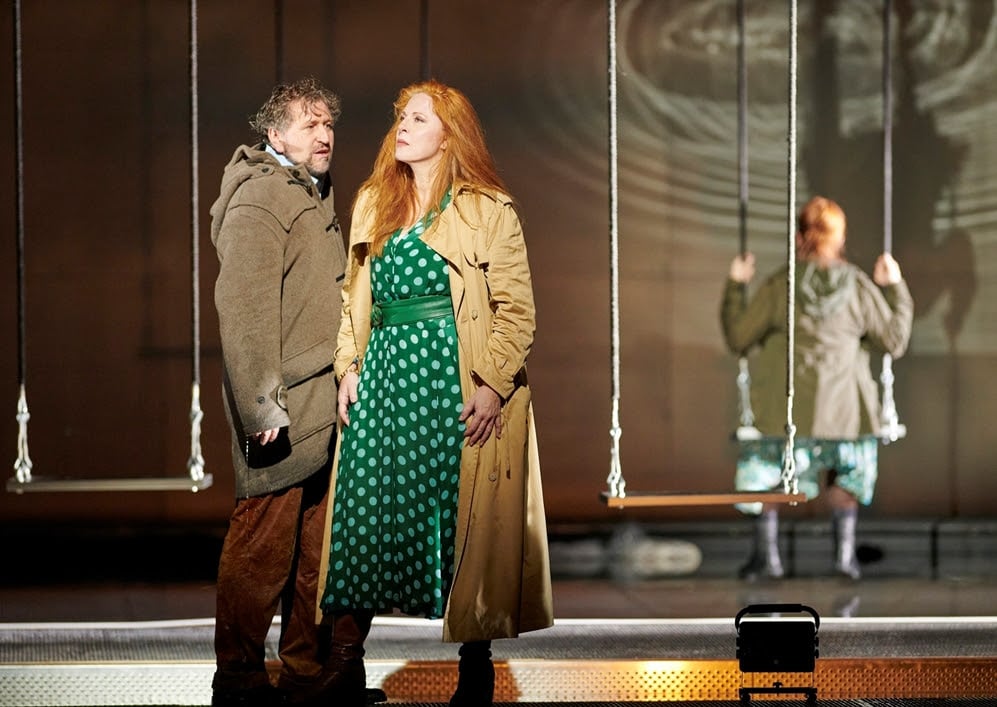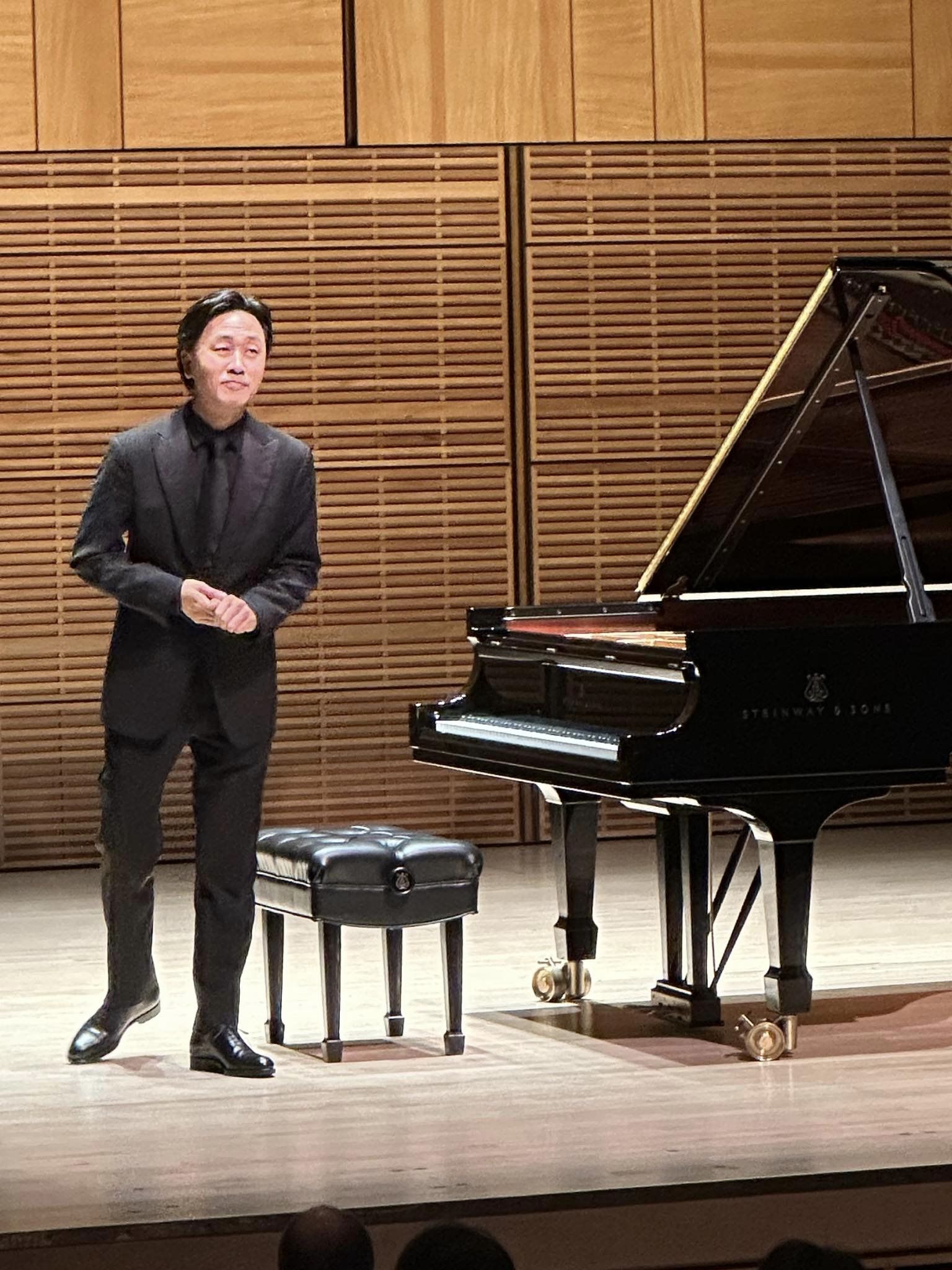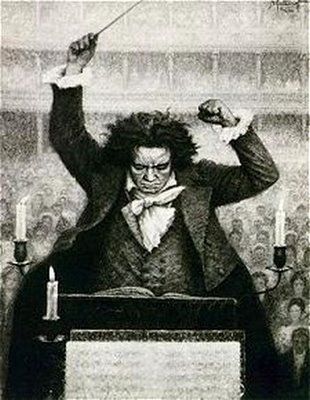Where does Calixto Bieito buy his Tristan outfits?
NewsThe Vienna State Opera has released first pics of its upcoming Tristan and the eye is drawn to the costumes.
A bit 1980s thrift shop?
Marks & Spencers before it bought Italian?
C&A?
Primark on a bad day?
Definitely not Uniqlo.
Photo: Andreas Schager/Tristan, Martina Serafin/Isolde, Ekaterina Gubanova/Brangäne © Wiener Staatsoper / Michael Pöhn






What is the point of paying money to see this sort of nonsense? It is supposed to be a mediaeval drama!
judging from the colors it’s Burberry … after having the tenth (anti)swine-flu jab , so their special checks turned into polkadot 😉
Whoever engages him knows what they’re in for.
And does he still speak no German after having worked there for over 20 years?
Such costumes are meant to demystify the work and to render it accessible to contemporary audiences who don’t want any nonsense like mystical love, suicidal pacts, deregulating potions, musical grandeur, etc. etc. – they are supposed to enjoy some nice music with its caricature seen on stage.
The red hair and green dress indicate that she is Irish. This is for the children who did not have time or could not read the program notes. The clothes will probably come off during the love duet.
That would be terrible, since in the score Wagner wrote at the beginning of the love duet:
“Tristan zieht Isolde sanft zur Seite auf eine Blumenbank nieder, senkt sich vor ihr auf die Knie und schmiegt sein Haupt in ihrem Arm. An diesem Punkt sei ernstlich gewarnt die Sänger sich und einander nicht zur Entkleidung zu ermutigen, da ein solches Verfahren den Streichern anregen könnte, das Auge nicht auf die Partie aber auf die Bühne zu lenken.”
“Tristan draws Isolde softly down to a flower bed, sinks in front of her on the knees, and lays his head into her arm. At this point, a serious warning should be issued to not encourage the singers to mutual undressing, since this could stimulate the strings to not keep their sight on their part but on the stage.”
Are you still labouring under the misguided impression that Regie directors read and follow the creator’s directions? Who said that the action on stage needs to be congruent with words and music? This is so mid- 20th century of you!
Houses still falling for the shock jock line. Will they ever learn?
Recycled clothes to save the planet. I would rather recycle old scenography and clothes from the time Isolde was an Irish princess and Tristan a medieval lord. The mise en scène coud be improvised as well – no need of a director.
Oxfam.
You don’t understand, the world is cruel, and Mr. Bieito has seen more cruelty than all of us together.
He is a great sufferer, you know. None of us has seen as much cruelty as he in his thorny career.
Those of us who have seen Bieito’s productions have experienced more cruelty than most.
I used to focus on singer’s names when deciding whether or not to attend the opera. Now, the first thing I look at is the director. The list of productions to stay away from is growing exponentially. Pretty soon live performances will become distant memories, Covid or no Covid.
We should be grateful that Bieto’s Tristan is a man, and Isolde a woman. Also evidently he has no plans to rap the Liebestod or insert African drumming between the acts. There have been far wilder productions of Tristan than this.
Costumes – the uglier and more ill-fitting the better – are common in Eurotrash productions – surely come off the street. Or, in the case of Munich, are probably expensively designed and made in the opera workshops. Don’t know about the ubiquitous tuxedos, business suits, long trench coats that for some reason have populated such productions for decades.
The things we get used to…
I’ve just seen “The Fiery Angel” at the Opera Real in Madrid, also directed by Bieto. This is a tale of 16th Century Germany, with nuns, Inquisitors and soldiers. But the costumes were so 1935 bland, I couldn’t spot the difference between the Abbess and a cleaner at the inn. It didn’t help the plot. It really didn’t.
Hmmm … yeah, thrift shop I think. No doubt the costume designer was paid a hell of a lot of money to get them looking so cleverly down-market.
Back in the 1980s, one of the many foyers at the Vienna State Opera where people strolled during intermission, they had a showcase where they displayed artfully made costumes from VSO productions. I remember, for instance, a Boris Godunov costume for the title role. Many of the productions were still performed.
There will be few or now additions from more recent productions, if that showcase is still there (does anyone know?).
The productions were not just eye candies. The direction of earlier days, by directors such as Otto Schenk, August Everding, Giorgio Strehler, Luchino Visconti, Franco Zeffirelli were convincing and as thoughtful as they get.
Isolde ! Geliebte ! [Armin Laschet], Tristan ! Geliebter ! [Angela Merkel]
Every expense was spared.
No payment needed for the i costumed dancers in act three. The point of their appearance being??? Though one did hold flowers